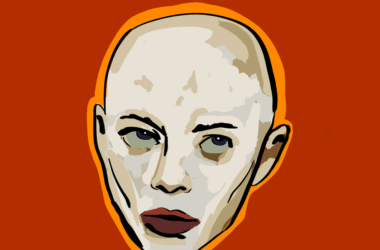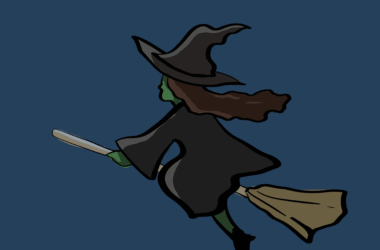 screeninvasion.com
screeninvasion.com
Whether you’ve taken PSYC100 or not, you have heard of Sigmund Freud and Carl Jung. Modern psychology has grown into such a broad field that it’s easy to overlook how it all started: with verbalized thought and a couch. Director David Cronenberg’s A Dangerous Method is the epic retelling of the birth of psychoanalysis, as told through the fascinating relationship between the great Freud (Viggo Mortensen), his protégé Jung (Michael Fassbender), and patient Sabina Spielrein (Keira Knightley), arguably the most important character of the story, providing a link between the two men.
The opening scene introduces Spielrein, a chillingly hysterical young Russian woman, which gives the audience a glimpse of the phenomenal performance that Knightly delivers throughout the film. Spielrein goes to Jung with the hope of being cured. Jung decides she would be a good candidate to test his psychoanalysis, a new method recently developed by Freud, who was merely a celebrity to Jung at the time. The strictly conversational sessions between Jung and his patient prove have a major effect on Spielrein. Despite being mentally disturbed, she shows great improvement thanks to the wonders of Jung’s method, and he begins to notice she is highly intelligent and inquisitive, not to mention beautiful. Spielrein readily accepts Jung’s offer to help with his research, and they become colleagues. And so the story unfolds.
During the time Jung and Speilrein become closer as colleagues, Jung finally arranges to meet Freud. Their encounters are long and conversations dense, and the two begin to clash over their ideas and conclusions as they learn from and feed off of each other’s expertise. Jung becomes apprehensive of Freud’s fixation with sexuality, his belief that all mental imbalance is rooted in sexual frustration, and the overwhelming way his innovative hypotheses influence his theory. Although Jung is opposed to some of the ideals behind Freud’s philosophy, he becomes sexually involved with Spielrein. The rest of the film chronicles a journey through the years whereby the relationships of these three historically important people become entangled and complicated.
The actors boast strong performances and their portrayals are convincing. Mortensen takes on Freud with such veracity that it seems difficult to imagine him any different in real life. He maintains an air of calm confidence and authority, while being constantly surrounded by a cloud of smoke. Knightly delivers an incredibly compelling performance which does not seem forced, a difficult task to achieve in playing such a manic character. Finally, Fassbender elegantly takes on the brilliant yet perturbed Jung whose character changes quite drastically between beginning and end.
While slightly unsettling, it’s grounding to know that these prominent people faced similar social problems as we have, and that this helped to pave the way for the development of psychology. It’s quite ironic to realize that the issues these historic figures had to face are rooted in psychology. In addition to his tangled love story with Spielrein and his combative relationship with Freud, Jung suffered his own mental breakdown at age 40. What we can take from the story is that these struggles are human and it is this adversity that helps us define ourselves. The film also says something through Spielrein, in that the character who began as a heavily disturbed mental patient ended up contributing some of the most important intellectual ideas in the development of Freud and Jung’s collective theories. That’s something to think about the next time you’re sitting on a therapist’s couch.






